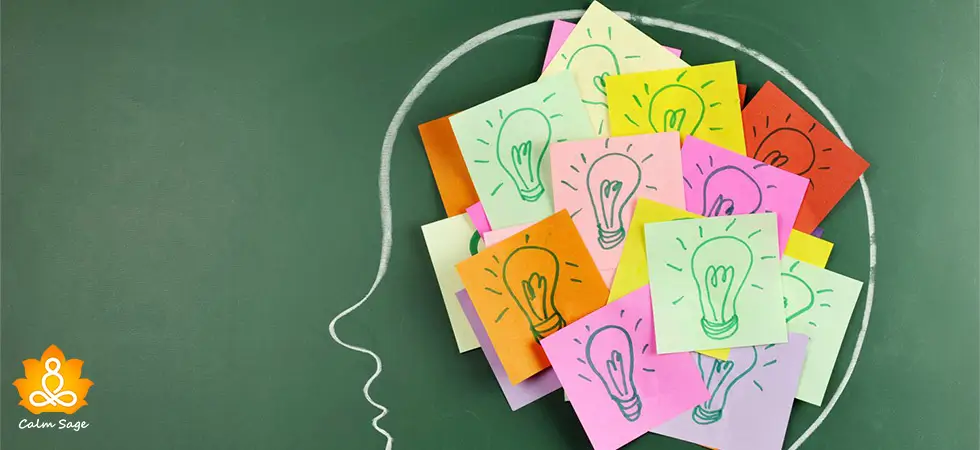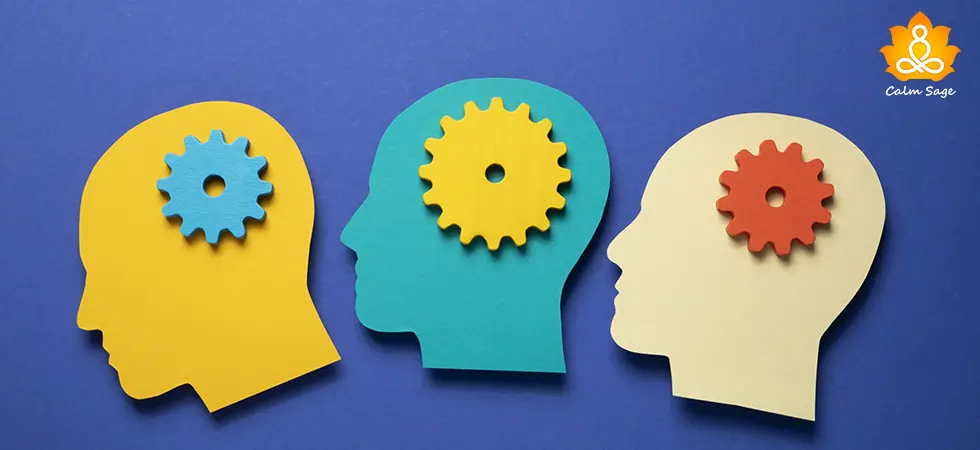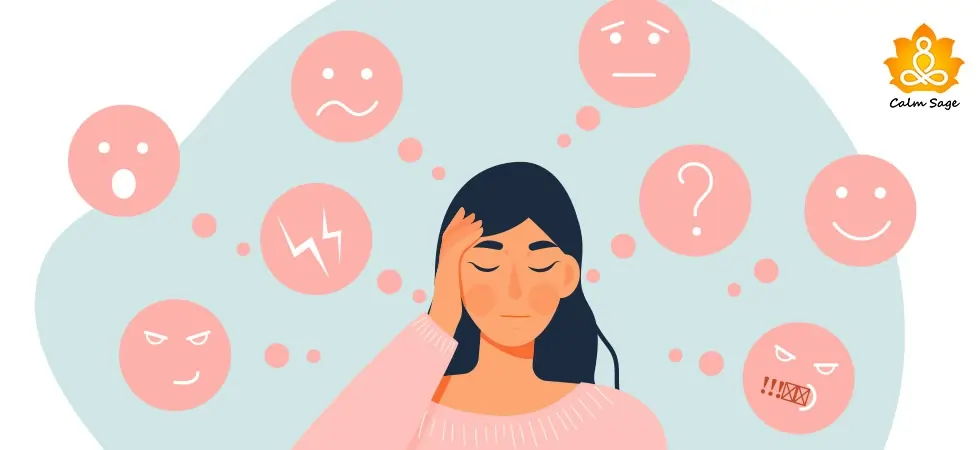5 Stages of Memory: A Comprehensive Overview

Acquiring, storing, retaining, and retrieving information is done through memory. Without memory, our lives cannot work. It is essential for human beings that if there is no memory of the past, no one can function in the present or think about the future. Only this memory helps us remember what happened yesterday, what we should do today, and how to move ahead.
Without memory, learning anything would have been entirely impossible. Memory processes a lot of information, safely retrieving it in different ways and forms. This includes images and sound meaning.
The term memory covers three important aspects of information processing. Each stage is affected by different factors that influence how memory can be retained and remembered. Below, we will discuss different stages of memory to understand how memory works and how we can recall, encode, and retrieve information.
What are the Five stages of memory?
Remembering things is crucial for living, but how does this happen? Why can we recall things or numbers even after years but not remember what we just read or heard? This happens because of how memory works and how information is stored.
There are five stages of memory, each with its significance. Below, we explain each one.
Stage 1: Encoding
When you see, hear, or feel a thing, the information you get from it is first encoded and then stored in the memory system. This change or interpretation of information in a form the memory can understand and store is called encoding. It is like exchanging currency when traveling to another country so that you can live there.
For example, when you see something you cannot understand, you first decode it into a manner you can understand and then save it. In the same way, information is decoded, encoded, and then saved in memory.
Information is encoded in three main ways:
- Visual (picture)
- Acoustic (sound)
- Semantic (meaning)
For example, when you see a phone number and can remember it, do you wonder how it happened? It is because of the visual encoding system. Some people can remember information they hear better than others, while others can remember when they see a visual. Similarly, some need to understand the meaning first before remembering it. These are different encoding systems in which memory works and saves information.
The information you take in through the encoding system first goes to the short-term memory (STM), and as you rehearse, it is transferred into the long-term memory (LTM). As you repeat information, you store it through a verbal process regardless of how it is presented, whether you are reading it from a paper or someone else is reading it for you.
The principle of encoding in long-term memory is cemented by meaning. However, information sent into the long-term memory can be coded visually and through listening.
In simple words, encoding, the first memory stage, is converting information received into a format that can be stored in memory. This format can be acoustic, picture, or meaning.
When you pay attention to the information you are trying to remember, whether a list of grocery items or anything else, encoding takes place, and this is how you can access information at any point in time.
However, the encoding process is affected when external factors like stress and the environment are unsuitable. For instance, when you feel stressed or there is a lot of noise, try to remember the grocery list or anything else, but you won’t be able to or will have to focus. Only then can you recall it. Therefore, whenever you are facing an issue when remembering information, try to relax, take a deep breath, and then remember the information.
Encoding is essential for forming long-term memory, as information cannot be stored without being processed or recalled repeatedly.
Stage 2: Storage
Memory stores data in the brain for a long time so that it can be accessed in the future. When information is stored in memory, a mental structure is created. These mental structures can be pictures, sounds, or feelings that help save and recall information.
The information is saved in different storages depending on how it is repeated.
- Short-term memory (STM)
- Long-term memory (LTM)
Each of them works differently. Short-term memory stores information for a short time. For example, when someone shares their number, you can recall it only briefly unless you write it or use it often. This is because the number goes to short-term memory. In contrast, information is saved for longer in Long-term memory. Data encoded in your LTM can be retrieved a week or months later.
This is because LTM has unlimited storage while STM has limited storage. Short-term memory saves only a certain amount of information, while LTM can save the information you use now and then without restriction.
Once saved in STM, information is easily transferred to LTM when regular practice and concentration are used. For instance, if you have been calling a number 10 times a day, you will remember it, but if you stop calling, you will start forgetting it. This happens because the new information you store in LTM suppresses it; you must use it again to remember it.
This explains the nature of memory storage, how the information is stored, how long it will last, how much can be stored at any time, and what kind of information can be stored. The way we store information affects its retrieval. Compared to children, adults can save more information in their short-term memory, ranging between 5 to 9 items.
Stage 3: Recall
When you recollect information saved in memory, it is called recalling. First, the information is encoded and then stored in memory so that it can be recalled at a later point. When you recall a memory, you experience the event encoded in the memory system.
- Free recall – when the information is recalled without any cues or signs.
- Cued recall – when prompts, cues, or signs are required to recall information.
Different factors also affect information recall, including mood and emotions.
When you try to recall or retrieve information and cannot, it happens because of how memory is stored and your mental state.
How short-term and long-term memory work becomes apparent when recalling the information. When the information is read, seen, or heard in a sequence, it goes to the short-term memory, making the recall easy.
To understand it better, let’s take an example of a group of participants to whom a list of words is given to remember. When the first word is asked, they can recall it easily. However, when asked to recall the 4th word, they first recalled the first three and then went on to the fourth one.
However, if this information had been saved in the long-term memory, the retrieval process would have been easy as it is done through association. This is why you can recall what you forgot when you forget a thing and return to the place or do the same thing.
Information, when organized alphabetically, is easy to recall. When a patient is discharged from a hospital and given instructions in an order, it is easier to remember them than when given randomly.
Stage 4: Retrieval
Information is searched in retrieval, similar to recall. The only difference is that the search is active here. When you try to remember the name of the person you met somewhere, you go to your memory and use some cues to retrieve the information you are looking for. For example, when you try to remember a person, you first think of the appearance or an incident that might have happened. This affects the retrieval of information.
Factors like very stress impact retrieval memory. If you are stressed and try to remember anything, be it a list, person, or date, you may have difficulty retrieving the information. The retrieval process begins with attention. If we are not paying attention, we are less likely to retrieve information from memory.
It is an important process in the formation of long-term memories.
Stage 5: Forgetting
When you cannot retrieve information, it refers to forgetting, and this can happen due to the inability to encode the information in the first place. If you are emotionally disturbed or emotionally unmotivated, you might be unable to retrieve the information and forget it.
Forgetting is the process of losing information from memory. If you forget a person’s name even after trying to remember it, it means you are forgetting that person. To stop yourself from forgetting things, start paying attention to them, as it helps you remember them later.
There are two main types of forgetting:-
- Retroactive interference – When the new information interferes with the retrieval of old information
- Proactive interference – When old information interfaces with the ability to recall new information.
It is expected to forget things, which does not necessarily mean you are struggling with a problem. Memory is a complex process involving different stages. Understanding how all the stages work gives you a better understanding of memory and how you can have a stronger memory both short-term and long-term
A Word From CalmSage
You can improve your memory by doing certain things. Pay attention to the information you want to remember, try to memorize it, and recall it enough. This will help to transfer it into long-term memory. Create a mental image of what is important and what you want to remember.
Doing so will transfer this information into the long-term memory. Finally, practice retrieval of the information by testing what you remember. This will help strengthen the neural connections and make the brain understand that you want to keep this information for a long time.
The more you repeat information, the more likely you will remember it in the long run. Also, when you associate a memory with a particular event, either visually or through a field emotional incident, the retrieval and recall of information are better than the information you just saw and are now trying to remember.




















